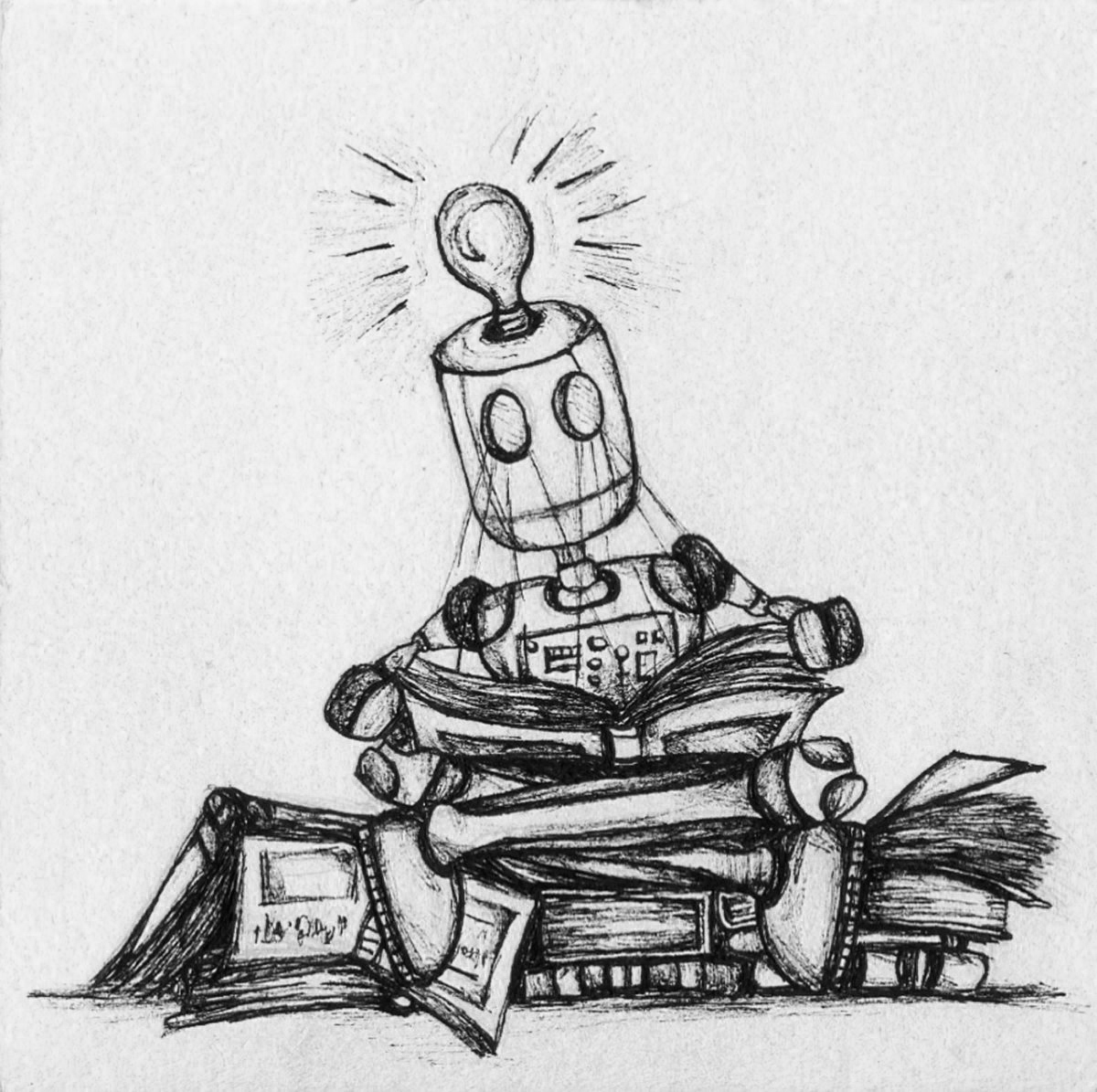To creatively solve problems you need to get your mind looking in new directions. You can systematically do this by using a list of words, primarily adjectives, to create “what if?” scenarios. You start with the question, “what if it was…” and then insert a word from the list. The “it” in the question is the problem you’re trying to solve, or the solution or situation that exists now.
Using “What If” To Solve Problems
An example will help explain the process. Assume your house is too crowded because you’re running your business from it. You ask, “What if it was…” and insert from the word list, “smaller.” The house is already too small, but could the business be smaller? The word “divided” might give you the idea to keep the business in just one part of the house.
Most words on the list won’t help, so you can go through the irrelevant ones quickly. Don’t automatically dismiss them, though, without a few seconds consideration. “What if it was hopeless?” may seem like a useless question, or it may make you realize that you just can’t keep the business in the house any longer.
As with most problem-solving techniques, it’s important to allow ideas to flow without judging them initially. Don’t stifle the creative process. Evaluate your ideas later, when you’re done with this part.
The Problem Solving Word List
You can create your own list of words. Use adjectives, descriptive phrases, and words that can change your perspective. These could include the following:
What if it was… larger, smaller, farther away, closer, sooner, later, easier, more difficult, higher, fat, rich, short, black, certain, hopeless, newer, boring, casual, subtracted from, cheaper, common, divided, more interesting, extravagant, subtle, or fun?



